Mercedes 3.0 V6 CDI engine
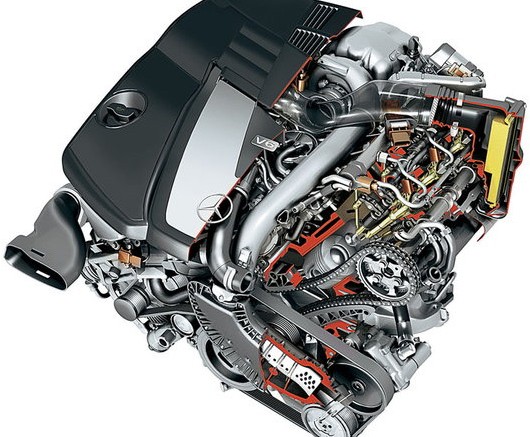
Mercedes 3.0 V6 CDI engine
Over the years , Mercedes with a diesel engine under the hood it has an impeccable reputation and was a model of longevity. A million kilometers? Not a problem ! But with technological advances and the introduction of the Common Rail fuel system in the late 90s, the situation has not changed. Of the good old diesel engine, only the OM mark remains (from Ölmotor - German diesel engine).
The main drawback - it is a vulnerable injection system. To a greater or lesser extent, the problem is faced by almost every family of CDI engines, including those delivered in early 2005, the 3.0 V6 marked OM642. It is important to note that there were problems with injection, and its predecessor - a simple construction OM 648 (R6). The lifespan of the new piezoelectric injectors was longer, but we know many cases that after 150000 km the engine could not start.
Another common malfunction of Mercedes diesel engines is related to the intake manifold. Dirt often clogs the valve mechanism, which regulates the length of the inlet channel. If you are lucky, you will be able to solve the problem by replacing only one suction branch. But it may be necessary to replace both intake manifolds at once. In addition, there are cases of valve control unit failure. The fact that it is a completely wrong place where oil is sometimes collected. Quite rare, but there are still problems with the EGR valve.

In addition, the Bluetec version uses a catalyst, such as SCR (Selective Catalytic Reduction), which also serves as a DPF. Its goal is to eliminate not only solid particles but also nitrogen oxides. But in order to do that in earlier versions, every few thousand kilometers, a specially prepared supplement is needed, called AdBlue (a solution of water and urea). Later, another solution was used.
Depending on the model and the acceleration result varies from 0 to 100 km / h, the 2,4-tonne Mercedes GL takes 9,5 seconds and the light C-Class only 6 seconds.
Due to the transition from the regular arrangement of the cylinders to the V arrangement, it was possible to significantly reduce the size and weight of the engine. As a result, the engine can be installed even in smaller models, and the weight of the unit without equipment is only 208 kg. The head and block are made of aluminum. Height and diameter of the cylinder - 83 × 92 mm, and the angle of the block - 72 degrees. Initially, the compression ratio is 18: 1, but then the compression ratio is reduced.
It is important to note that the mechanics of the engine were very strong and durable. Cases of overhaul are still virtually unknown. And those that were overhauled - were the result of very strong overheating of the engine as a result of negligence of the owner.
Turbo compressor
Symptoms - No response - slow acceleration at almost any speed range. Sometimes there is a lack of power only in a certain speed range, when the turbine malfunctions.
Repair - The most common problem is the electromechanical wing control unit. In that case, the entire turbocharger needs to be replaced. The mechanical part of the turbocharger can be repaired.
Injection system
symptoms - Problems with starting the engine, problems while driving (especially during acceleration).
Repair - The lifespan of piezoelectric nozzles can be a problem. Unfortunately, nozzles cannot be repaired
EGR valve
symptoms - Exhaust smoke and loss of power.
Repair - Helps clean EGR valves. But if cleaning doesn’t help, then you’ll need a new EGR.
Intake manifold
symptoms - Loss of engine power (failure of mechanical and electrical parts), increased intake noise (due to mechanical damage).
Repair - The mechanism that controls the valves is often stuck. As a rule, this requires replacement of the entire intake manifold. Less often, it is a failure of the control unit of the valve intake manifold.
Soot particle filter
symptoms - Lack of power, due to failure of soot particle filter regeneration, can lead to an increase in engine oil levels (oil and oil mixing), the corresponding soot particle filter error indicator lights up.
Repair - The filter can be regenerated at high engine speeds, by driving on the highway (conditions do not allow in the city), forcibly - with a diagnostic device. In some cases, it may be necessary to replace the soot particle filter elements, which is very expensive.
Application - 3.0 V6 CDI engine
Chrysler 300C (2005 - 2010) - 218 hp
Jeep Grand Cherokee (2005 - 2011)
Mercedes C-Class (since 2005) - 224, 231 and 265 hp
Mercedes CLS (since 2005) - 224-265 HP
Mercedes E-Class (since 2005) - 190, 204, 211, 231, 252 and 265 hp
Mercedes G-Class (from 2006) - 211-224 HP
Mercedes GL (since 2006) - 211, 258 and 265 hp
Mercedes GLK - 224, 231 and 265 hp
Mercedes ML / M-Class (since 2006)
Mercedes R-Class (since 2006) - 190, 211, 224 and 265 hp
Mercedes S-Class (since 2006) - 235 and 258 hp
Mercedes Viano / V-Class - 224 HP
Recommendation of similar texts:

Hi there, I am Mladen and I am an auto enthusiast. I started this blog years ago to help like minded people share information about latest cars, car servicing ideas, used car info, exotic cars, and auto technology. You will find helpful articles and videos on a wide variety of cars - Audi, Mercedes, Toyota, Porsche, Volvo, BMW and much more. Ping us if you have anything cool to share on latest cars or on how to make older cars more efficient, or just want to say hi!

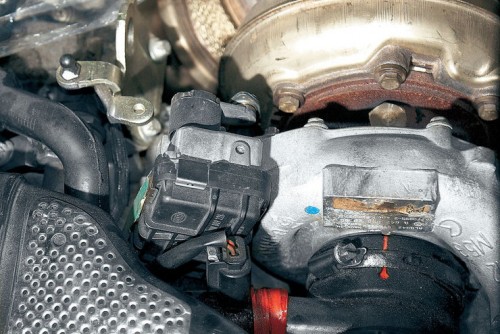
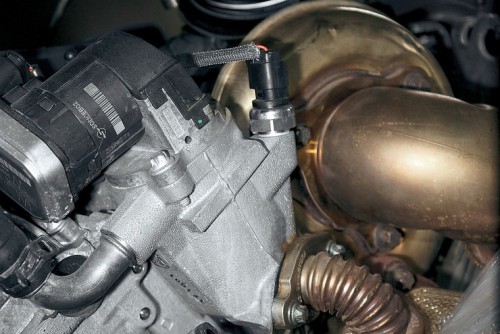
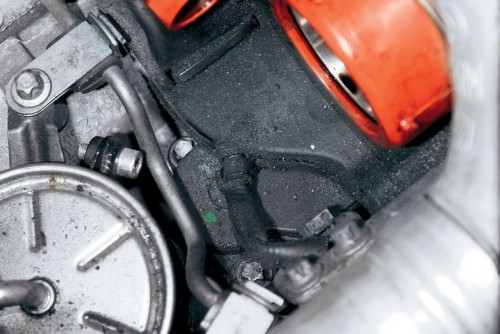

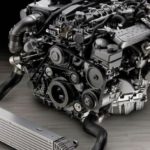
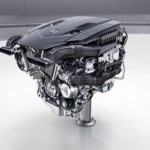

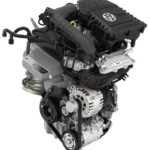
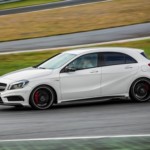
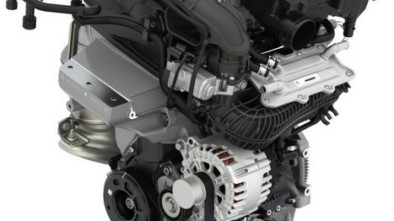
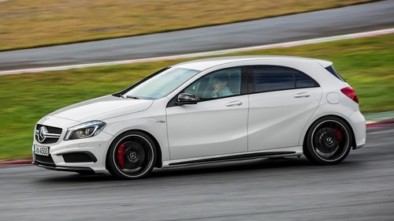
Up to 300 - 400.000 km with good maintenance can survive, after which a hundred miracles befall them. all these new engines are far ahead of the famous 250d from the 124 model in terms of mileage